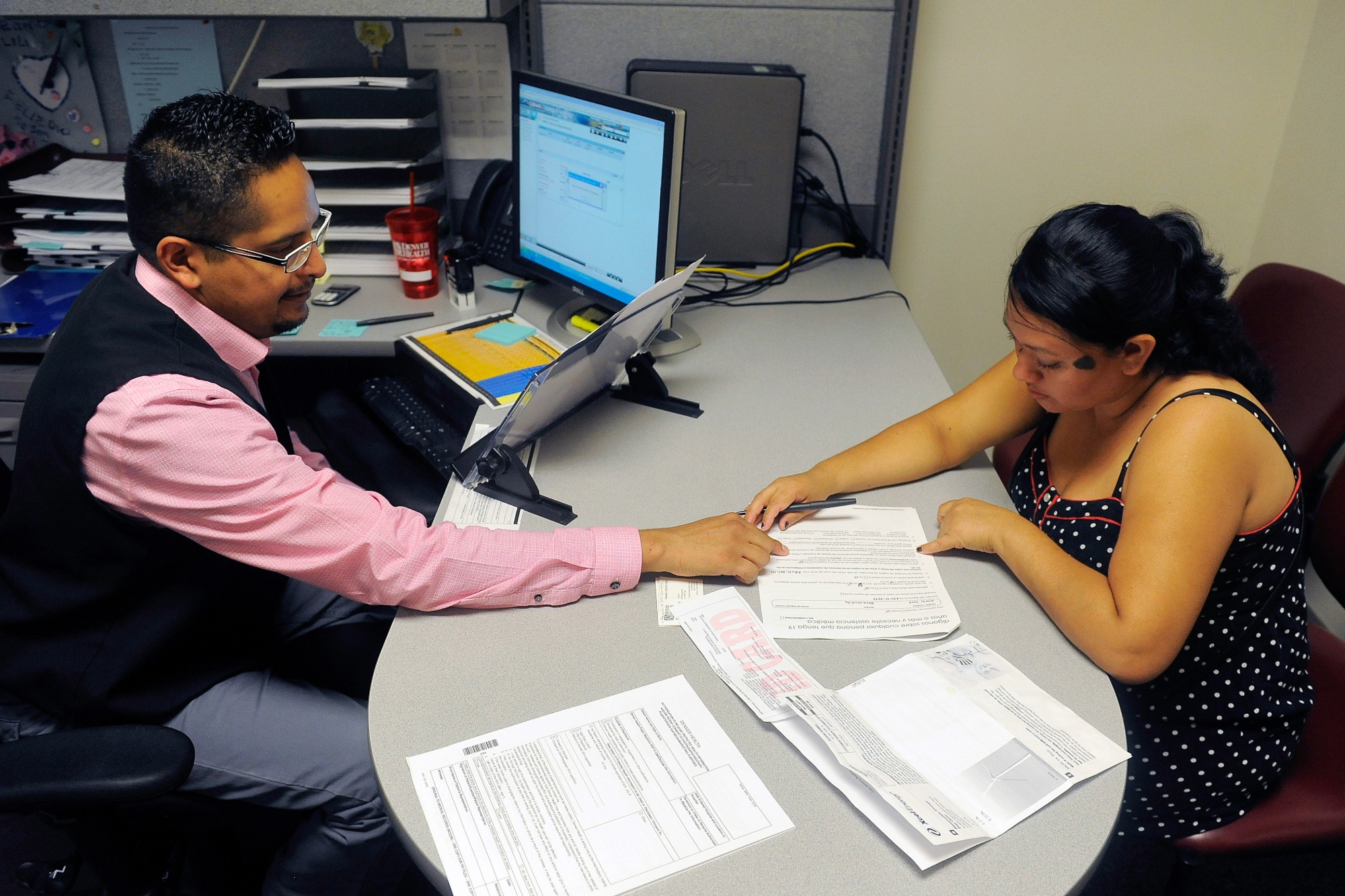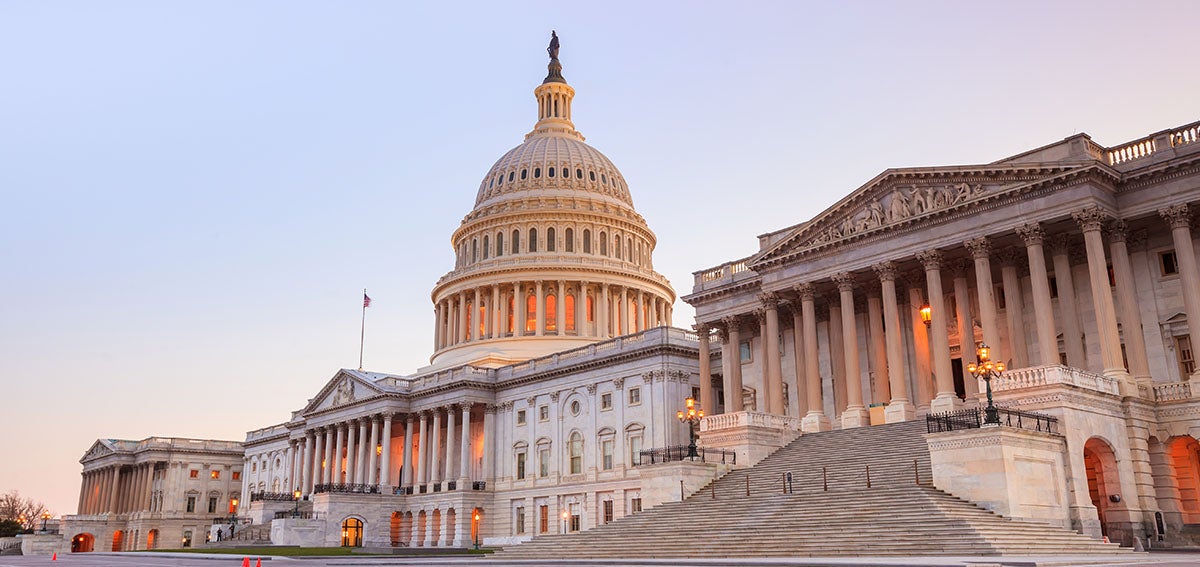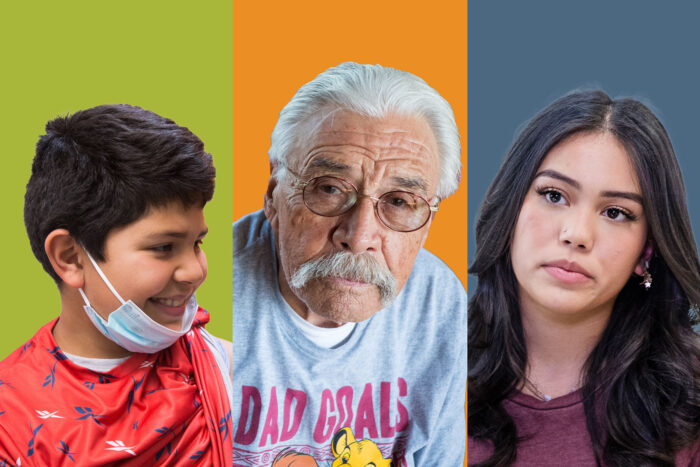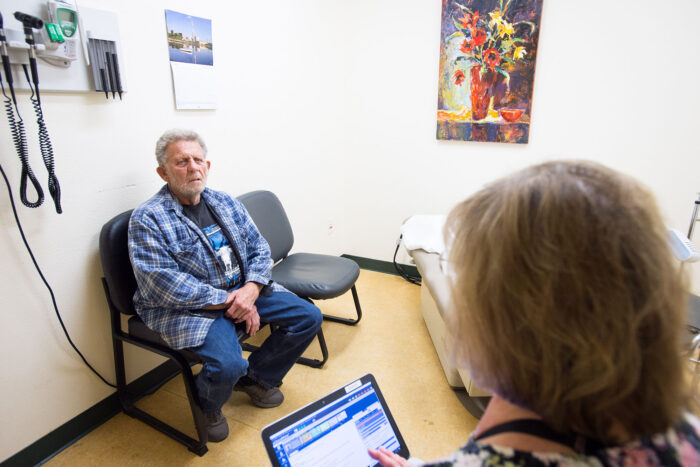|
Getting your Trinity Audio player ready…
|
It’s been a year of unprecedented change in California’s health care system, and the California Health Care Foundation’s most popular resources of 2025 reflected your need to understand those changes.
By far, the federal funding threats to health care coverage topped the list, including resources on budget cuts to Medi-Cal and the ending of federal subsidies for Covered California. Unpacking the complex Medi-Cal system was a popular topic, as well as breaking down the reasons behind rising health costs for all Californians.
There were bright spots to hold up in 2025: Major statewide initiatives to strengthen the health care system made significant progress, including CalAIM and the California Data Exchange Framework. And for the first time, CHCF released a comprehensive view of Latino/x health across the state, spotlighting opportunities to develop more culturally competent and customized care for this growing population.
Here are our top 10 reads of the year:
Federal Funding Cuts to Health Care
Medi-Cal and the End of the Federal Continuous Coverage Requirement
April 4, 2025 — For the first time since the COVID-19 pandemic began, California resumed its normal processes to redetermine eligibility for Medi-Cal enrollees. It will be imperative to help many of these Californians transition to other types of coverage and to ensure that those who remain eligible for Medi-Cal keep that coverage.

How Massive Federal Cuts Will Create Unprecedented Challenges for Medi-Cal Patients and Providers
October 3, 2025 — H.R. 1 cuts $30 billion a year from Medi-Cal, reducing access, increasing costs, and threatening hospitals and vulnerable patients.

How Much Will Covered California Premiums Cost in 2026?
November 5, 2025 — Because Congress chose not to extend COVID-era “enhanced” premium subsidies for those covered by the Affordable Care Act, they will expire on Dec. 31, 2025. That means prices will be going up, and we ran the numbers for five different family situations.

Understanding the System
The 25% Problem: Why Health Care Is So Expensive (And What We Can Do About It)
October 13, 2025 — Health care costs hurt Californians every day. Millions can’t afford the care they need. More than half of all Californians skip or delay getting care because it costs too much. How did we get here?

Medi-Cal and the Federal Government — Policy at a Glance
January 22, 2025 — Learn some of the basics about the Medi-Cal program, including the important role that the federal government plays in funding and overseeing the program.

Medi-Cal Home and Community-Based Services: Understanding Overlaps and Gaps
January 13, 2025 — In four short explainers, learn about the Assisted Living Waiver, the Home and Community Based Alternatives Waiver, Multipurpose Senior Services Program Waiver, and California Community Transitions.
Medi-Cal Waivers and State Plan Amendments
March 6, 2025 — Two fact sheets and one short slide deck provide an overview of Medicaid waivers and State Plan Amendments, and how they are used in California.
Transforming Care for Californians
CalAIM’s Trio of Housing Community Supports — Policy at a Glance
March 20, 2025 — This fact sheet offers an overview of the three CalAIM Housing Community Supports.

California Latino Health Almanac — 2025 Edition
September 5, 2025 — California’s future depends on the health of its largest demographic — Latino/x communities — who, despite their essential role in the state’s economy and culture, continue to face systemic barriers to health and well-being. This Almanac serves as a vital resource for highlighting key opportunities to improve health outcomes and promote a healthier California.
Health Data Exchange Drives Efficiency and Cuts Costs
July 9, 2025 — CHCF initiated research to explore how health data exchange can reduce health care costs and improve affordability.




